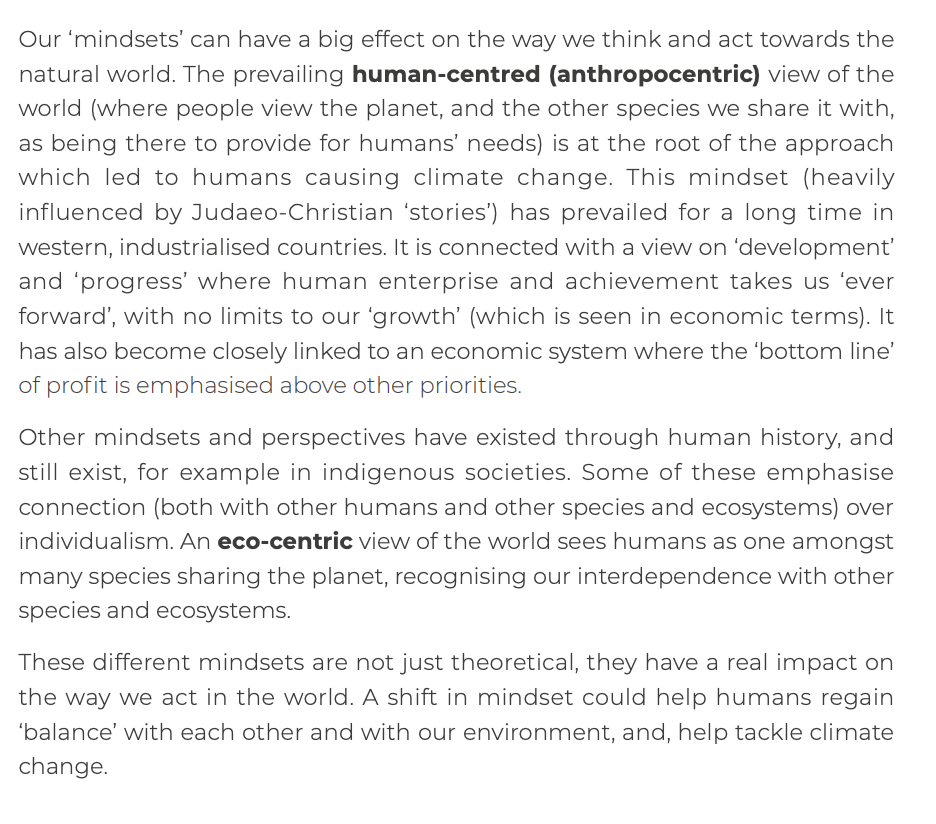Mindsets and Wellbeing
- Read the following excerpt from Mark Carney’s Reith Lectures. The whole series of lectures is available by clicking here.
Great minds from Plato to Adam Smith have pondered why water, which is essential for life, is virtually free, but diamonds, which have limited utility beyond their beauty, are so expensive. Why do financial markets rate Amazon as one of the world’s most valuable companies, but the value of the vast region of the Amazon appears on no ledger until it’s stripped of its foliage and converted into farmland? And how can we reconcile our celebrations of the extraordinary values of public service dedication and the heroism of healthcare workers with their low wages and perilous working conditions? These are all issues of how we get what we value. Concepts of value are rooted in philosophy, and more recently and narrowly in economic and financial theory.
Today, the subjective approach to value has spread widely. Market value is taken to represent intrinsic value. The price of everything becomes the value of everything.
We’ve created a new era, the Anthropocene, in which our earth’s climate is driven not by the geological rhythms of nature, but by the frenzied activity of humans. As the Industrial Revolution spread, the earth’s climate began to change. Our planet’s average temperature is already 1 degree Celsius warmer. In fact, the last five years have been the warmest on record.
The impacts on our planet’s finely tuned ecosystems are intensified. Our oceans have become 30 percent more acidic since the Industrial Revolution. Sea levels have risen 20 centimetres over the past century, with the rate of increase doubling in the past two decades. The pace of ice loss in the Arctic and Antarctic has tripled over the last decade. Extreme climate events, hurricanes, wildfires, and flash flooding are multiplying
These effects began to eliminate individual species and are now destroying entire habitats. Scientists estimate that there have been five mass extinctions in the history of our planet. And human activity is now driving the six, with extinction rates 100 times the average, over the past several million years. Over my lifetime, the population of mammals, birds, fish, reptiles and amphibians is estimated to have fallen by 70 percent. Perhaps because they were not formally, financially valued, these losses were initially downplayed, and their cause was treated as an issue for another day. But now the effects of climate change are beginning to effect assets, which have a market price, making the scale of the looming calamity more tangible.
The market is not the answer to everything, but it can play a critical role in solving many of humanity’s greatest challenges. To seize this opportunity and solve the climate crisis, we must address three challenges, engineering, political, and financial. And I’d suggest that all are within our grasp.
In a number of societies, demands for sustainability are approaching tipping points, giving newfound urgency to national commitments to net zero. Greater consumer demand for sustainable products increased the economic returns to green technologies and the political returns to green policies, and this is how a path to a more sustainable world begins to appear. Sustainable investing can shift from the fringes to the mainstream, driving the transformation. This is how values drive value.
Addressing climate change is ultimately about delivering what society values.
2. Now watch Dr Lina Brand Correa’s short clip on Mindsets and different views of wellbeing.
3. Read the mindsets and viewpoint sections from our climate change big ideas.


Do you agree with what Mark Carney is saying? How does it link to the points made by Dr Lina Brand Correa and the Big Ideas on Mindsets and Viewpoints? (no need to document your answers)
Have a think about what your students might need to know about mindsets and viewpoints and start the task below.